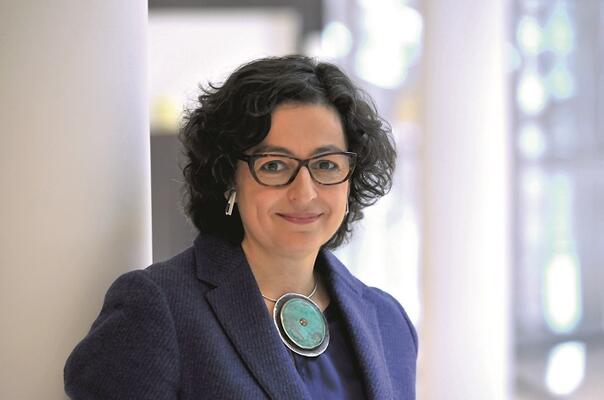
Building hope, skills and incomes for refugees through trade (en)
Earlier this year the International Organisation for Migration (IOM) released new record-breaking migration figures: the number of people residing outside of their country of origin grew to a staggering 244 million. According to the UNHCR a total 65.3 million people were displaced at the end of 2015, compared to 59.5 million just 12 months earlier. In the 3 minutes it will take you to read these few words 72 more people would have become refugees.
It is in response to such dramatic numbers that the International Trade Centre (ITC) has stepped up its efforts to support refugees, displaced people and the governments that host them.
We have a collective responsibility to help people who have been forced to flee their homes and the ITC has a role in contributing with its more than 50 years of experience.
The ongoing refugee and migrant crisis has a multitude of causes, hence any solution has to be multi-pronged. In addition to the traditional humanitarian toolkit there is a need to address how these refugees and displaced people can once again become economic actors and contribute both to their host country and to their country of origin. As the global refugee situation continues we need to find innovative ways to tackle the problem – from all angles.
ITC is aiming to provide one of those perspectives by addressing the need to ensure opportunities for meaningful livelihoods both in the receiving country and the country of origin.
The average time a person lives in a refugee camp is 17 years. In Dadaab, Kenya, for example, ITC has interacted with third-generation refugees. Just like any other human being, refugees aspire to make their own living and keep their dignity. But, after decades living in a camp, the question is what can refugees now do to make an income? How can refugee livelihoods be organized in a way that is both legal and sustainable? And what skills do they need for successful repatriation in the medium term?
In response to such challenges, ITC has teamed with the UNHCR, the Norwegian Refugee Council (NRC) and several other non-government organizations to bridge the gap between humanitarian aid and development aid.
Together we aim to address the socioeconomic root causes of why people flee their homes, build host-country economic resilience while empowering refugees to participate in the local economy, and – based on ITC’s existing programmes – strengthen the focus on economic inclusion through trade for women, youth and the bottom of the pyramid.
In Dadaab, for example, we are implementing with the NRC, a pilot project to harness the IT skills of refugees, upgrade their skillsets and generate incomes. For this we are working with local Kenyan firms that are already exporting IT services such as data entry work and document formatting. In a nutshell this is skills development geared towards addressing actual needs from real clients.
While we are still learning from this experience, it is working. The next step is to scale up the project to reach more people and to have greater impact.
There is no hiding that the presence of refugees often entails a high cost to their host countries. It is therefore fair that host countries derive benefits from our interventions and is why the Dadaab project, for example, is explicitly designed to include Kenyan nationals as direct beneficiaries, too.
We need to ensure that development aid is adequately channelled towards building economic resilience. And we need to ensure good collaboration between development actors to ensure value for money. This aid, together with the power of the private sector, will be crucial to address the growing needs across the world.
By making trade links happen for the millions that have to leave their homes, we can help build resilience for the countries neighbouring these hotspots. Making this work and standing with refugees is an effort worth making.



